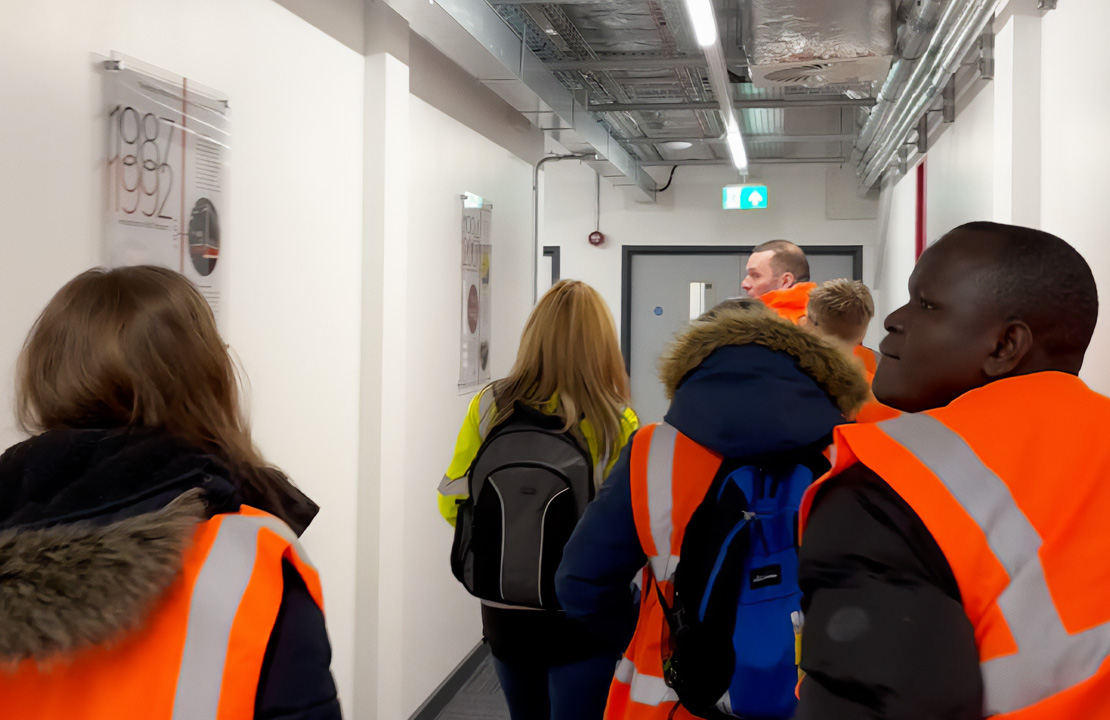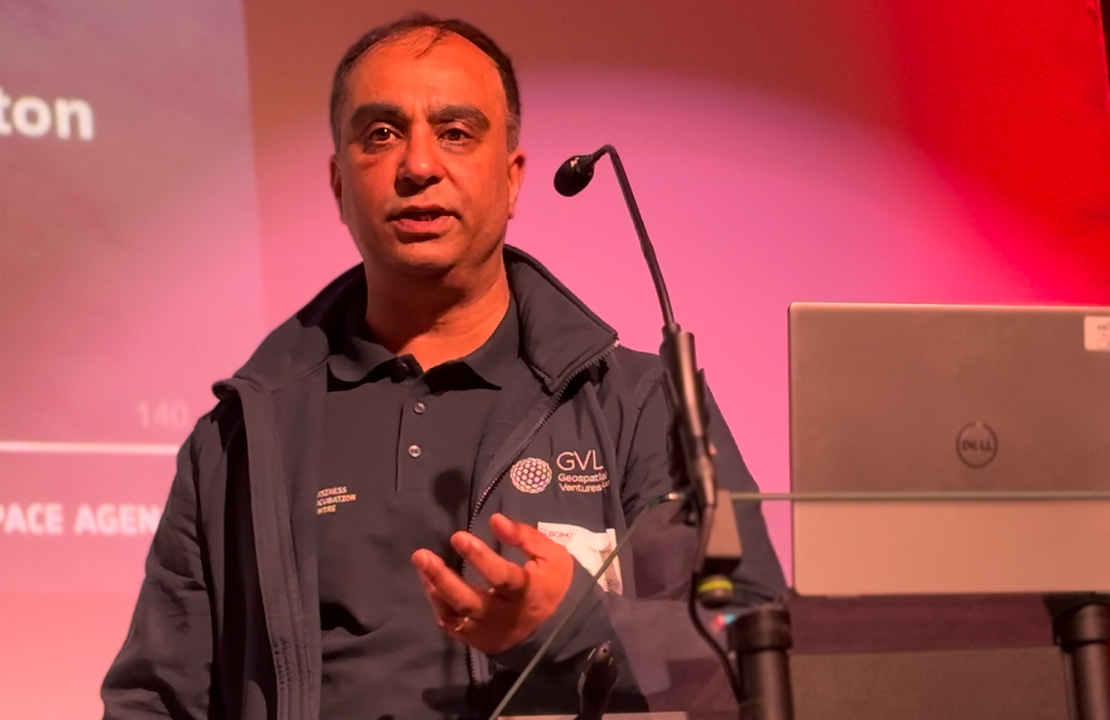World first as pioneering drone service for hospitals flies in London airspace

Supply chain logistics play a vital role in our healthcare services, from the ordering and delivery of medication to transporting samples for analysis at laboratories. Small-scale drones have the potential to transform the efficiency of these processes, improving outcomes for patients, reducing costs and cutting CO2 emissions. UK company Apian has become the first to trial drone services in London airspace for the National Health Service (NHS), supported by ESA’s Business Applications and Space Solutions (BASS) Programme and the UK Space Agency, with the aim of providing faster, smarter and greener healthcare logistics.
The NHS is Europe’s largest employer and the supply chain which underpins their services can be problematic and costly. Currently, the NHS is responsible for 4% of all UK road travel, contributing to traffic congestion which causes delivery delays, reduces road safety and increases CO2 emissions. Adopting drones to deliver medical supplies, pathology samples, and equipment instead of vans offers a fast, cost-effective and sustainable alternative. Over 300,000 patients have at least one test each day in England and Wales, providing immense scope for the adoption of drone technology in healthcare. Drone logistics dramatically increase the turnaround of laboratory results, supporting patient care as well as inventory optimisation by reducing overstocking and waste.
The Apian team spent considerable time gathering information in the hospital environment, including Blackrock Clinic and St Vincent’s Private Hospital in Dublin and at Guys and St Thomas’ NHS Foundation Trust in London, in order to seamlessly integrate their platform into existing workflows and processes. The platform, which has been developed with support from Project Dreadnought, enables health professionals to schedule, order and track deliveries in real-time with an unprecedented level of traceability. Apian have worked closely with healthcare providers, regulators and drone operators to ensure effective functionality and regulatory compliance.
Arnaud Runge, Technical Officer for ESA on the project, said “we are excited to be working with Apian in the development of Apian’s platform through Project Dreadnought and supporting their groundbreaking use of drones in the health service. Their revolutionary service not only increases efficiency for both patient and NHS staff but also reduces costs and the environmental impact of the NHS supply chain.”
Apian has conducted operations in rural and urban areas with pilots in Northumbria, the Isle of Wight, Dublin and London, increasing efficiency and receiving positive feedback from users. In Dublin, where Apian’s trial is now complete, flights took an average of 4 minutes 12 seconds and drones saved more than 118kg of CO₂.
Amy Labrum, Director of Operations at Apian, said: “Apian is bringing on-demand drone delivery to healthcare, helping to solve the productivity problem with automated, more efficient and resilient logistics. We are grateful for the support of the ESA through Project Dreadnought, which has helped us to improve healthcare logistics for the benefit of staff and patients.”
The service integrates satellite navigation, communication and imagery to streamline medical supply chains, reduce carbon emissions, and enhance patient outcomes. The potential for drones to transform healthcare delivery is considerable – not only in accelerating and facilitating emergency responses, telemedicine and remote care, but also in improving health service logistics and supply chains.
In 2023, the global healthcare logistics market was valued at $92B, and the success of Project Dreadnought helps place Apian at the forefront of transforming the industry as they scale their service commercially. They are already in discussions to expand the service with the NHS as well as working with leading industry stakeholders across the world.








